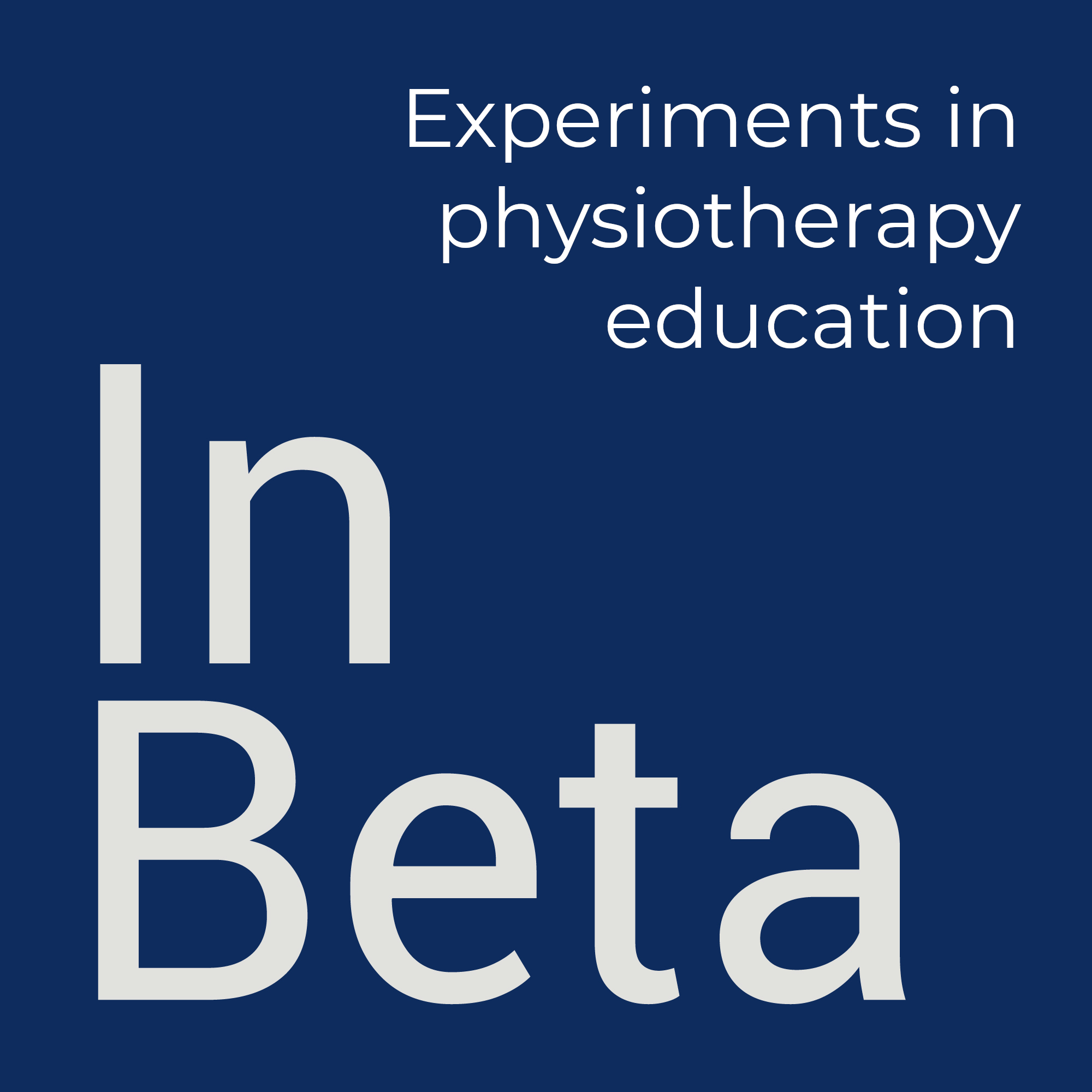Everything works somewhere, nothing works everywhere.
Dylan Wiliams
Podcast
Wills, S. (2013). Peter Brantley on annotating the web. The Scholarly Kitchen Podcast.
Peter Brantley, the director of scholarly communication at the start-up Hypothes.is, talks about the firm’s efforts to build an open annotation layer on the Web, his thoughts on how in-line annotation differs, in both spirit and potential, from the more common practice of online comment streams, and some possible applications in scholarly communication, publishing, and peer review.
As we find more and more physiotherapy programmes including online and blended components to the curriculum, we should be thinking about how to encourage student interaction and engagement in more open and flexible learning environments. Web annotation is one approach to consider. This is an older podcast but web annotation (and Hypothes.is) are still going strong and well worth looking into.
Article
Topol, E. (2019). High-performance medicine: The convergence of human and artificial intelligence. Nature Medicine, 25:44–56.
The use of artificial intelligence, and the deep-learning subtype in particular, has been enabled by the use of labeled big data, along with markedly enhanced computing power and cloud storage, across all sectors. In medicine, this is beginning to have an impact at three levels: for clinicians, predominantly via rapid, accurate image interpretation; for health systems, by improving workflow and the potential for reducing medical errors; and for patients, by enabling them to process their own data to promote health. The current limitations, including bias, privacy and security, and lack of transparency, along with the future directions of these applications will be discussed in this article. Over time, marked improvements in accuracy, productivity, and workflow will likely be actualized, but whether that will be used to improve the patient–doctor relationship or facilitate its erosion remains to be seen.
This is a long review article (13 densely packed pages) that provides a very comprehensive overview of how artificial intelligence is already influencing medicine and clinical practice across a wide variety of domains. It’s worth putting aside a few hours to go through it in some depth.
Resource
McNutt, C. (2019). Revisiting Disobedience Instruction as Classroom Structural Change. Next Generation Learning.
Teaching students to say “no” creates emboldened, not disrespectful, critical thinkers who can explore and navigate a flourishing democratic society.
Chris McNutt
The hidden curriculum in school reinforces the cultural norm not to question the authority of a teacher or an assignment’s explicit narrative or bias. In a world where large corporate interests dominate civil life and infrastructure, our students must be equipped to take charge and organize.
This is a great post that gets into the details of how to get students to take critical positions – that sometimes contradict the position of the teacher – while maintaining respectful and constructive learning environments. It points out the need for structural change that might get us thinking differently about how to organise and develop spaces that are conducive to transformative learning. There are so many good ideas in this piece that this short summary can’t do it justice. Be sure to read the full length post here.
